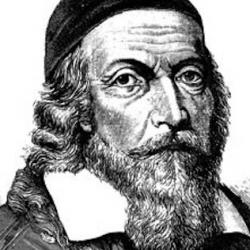Modern hermeneutics highlights hermeneutical circles of various sorts: To understand the part you must understand the whole, but to understand the whole you must understand the parts. To understand the author you must understand his times, but to understand the times you must understand the author. Dizzying. Tight. Enclosed.
No, says Gadamer ( Truth and Method (Continuum Impacts) , p. 291): Drawing on Heidegger, he insists that hermeneutics’ circle is centrifugal: “we learn that we must ‘construe’ a sentence before we attempt to understand the linguistic meaning of the individual parts of the sentence. But the process of construal is itself already governed by an expectation of meaning that follows from the context of what has gone before. It is of course necessary for this expectation to be adjusted if the text calls for it. This means, then, that the expectation changes and that the text unifies its meaning around another expectation. Thus the movement of understanding is constantly from the whole to the part and back to the whole. Our task is to expand the unity of the understood meaning centrifugally. The harmony of all the details with the whole is the criterion of correct understanding. The failure to achieve this harmony means that understanding has failed.”
Even this is too formal a description of the process of interpretation. The point of interpretation is to reach common understanding of the subject matter under discussion. And this process never ends: “Heidegger describes the circle in such a way that the understanding of the text remains permanently determined by the anticipatory movement of fore-understanding. The circle of the whole and part is not dissolved in perfect understanding but, on the contrary, is most fully realized” (p. 293). The circle is not a circle of “method” but “describes an element of the ontological structure of understanding.”










